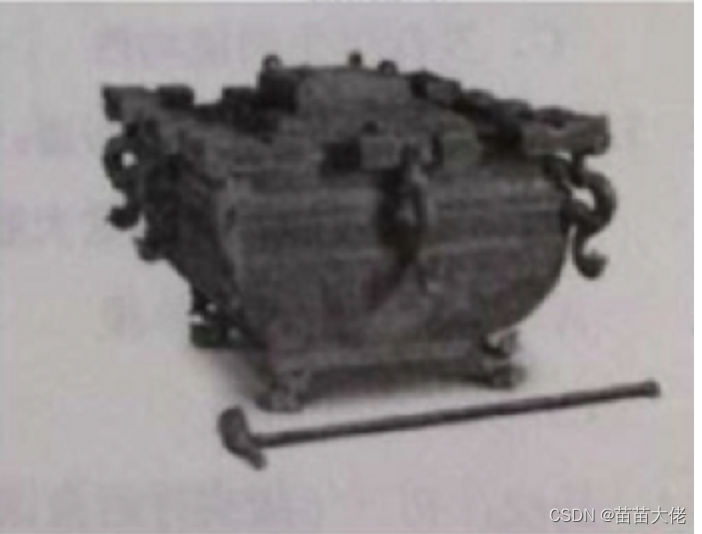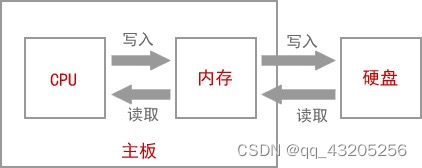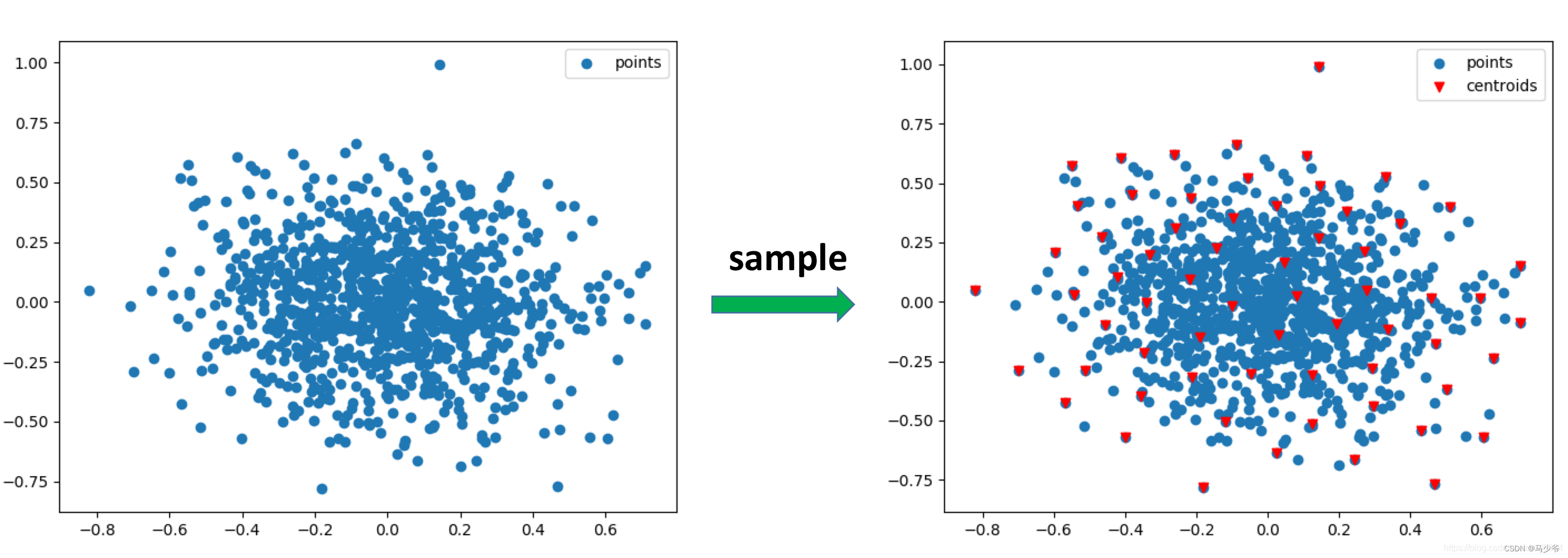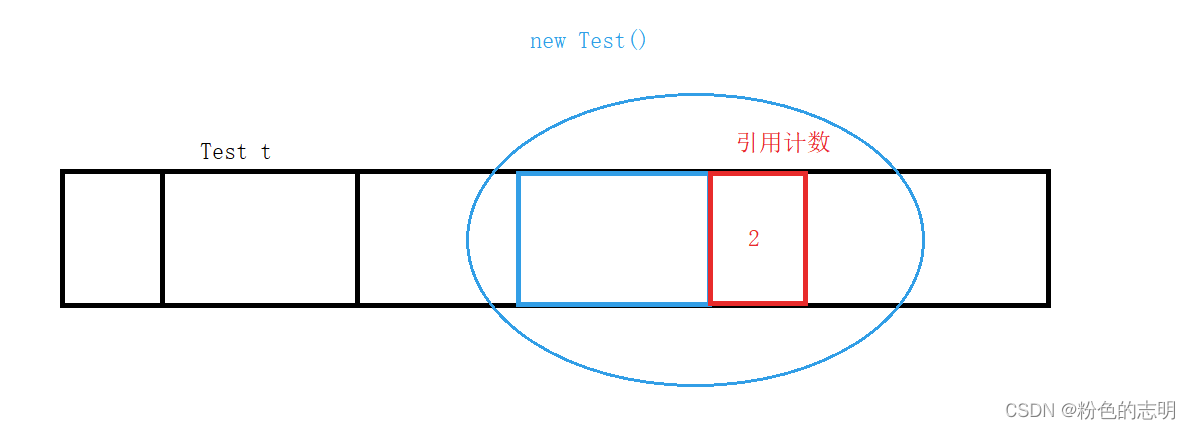当前位置:网站首页>Educational codeforces round 109 (rated for Div. 2) C. robot collisions D. armchairs
Educational codeforces round 109 (rated for Div. 2) C. robot collisions D. armchairs
2022-07-05 05:30:00 【solemntee】
First say D
I was going to find a prefix and optimization d p dp dp Examples of , I can't find the simple one all the time , Hard too hard . Open today d i v div div, Yo roar , Here comes the example .
The title means to have n n n A seat m m m personal ( m < n / 2 ) (m<n/2) (m<n/2) Sit in some positions , Now it is required that the original seats of these sitting people be empty , Let these people sit in other seats , Ask the minimum value of the sum of the moving distances .
The state of this question is very muscular memory , d p [ i ] [ j ] dp[i][j] dp[i][j] It means the first one i Sit down alone j An empty seat , And before i The minimum moving distance of an individual perfect match .
Let's consider the transfer
d p [ i ] [ j ] = m i n k = 1 , 2 , . . , j − 1 ( d p [ i − 1 ] [ k ] ) + a b s ( d i s 1 [ i ] − d i s 0 [ j ] ) dp[i][j]=min_{k=1,2,..,j-1}(dp[i-1][k])+abs(dis1[i]-dis0[j]) dp[i][j]=mink=1,2,..,j−1(dp[i−1][k])+abs(dis1[i]−dis0[j])
We think of a O(n^3) Of dp, And then we found out m i n k = 1 , 2 , . . , j − 1 ( d p [ i − 1 ] [ k ] ) min_{k=1,2,..,j-1}(dp[i-1][k]) mink=1,2,..,j−1(dp[i−1][k])
Yes. O ( n ) O(n) O(n) Pretreated , So this d p dp dp One dimension is optimized , Turned into O ( n 2 ) O(n^2) O(n2), We are beautiful A It fell off D topic .
#include<bits/stdc++.h>
using namespace std;
int cnt1=0,cnt0=0;
int dis1[5005],dis0[5005];
int dp[5005][5005];
int minn[5005];
int main()
{
int n;
scanf("%d",&n);
for(int i=1;i<=n;i++)
{
int t;
scanf("%d",&t);
if(t==1)dis1[++cnt1]=i;
if(t==0)dis0[++cnt0]=i;
}
for(int i=0;i<=cnt1;i++)
for(int j=0;j<=cnt0;j++)
dp[i][j]=1e9;
for(int i=1;i<=cnt0;i++)dp[1][i]=abs(dis1[1]-dis0[i]);
for(int j=0;j<=cnt0;j++)minn[j]=1e9;
for(int j=1;j<=cnt0;j++)minn[j]=min(minn[j-1],dp[1][j]);
for(int i=2;i<=cnt1;i++)
{
for(int j=i;j<=cnt0;j++)if(minn[j-1]!=1e9)dp[i][j]=minn[j-1]+abs(dis1[i]-dis0[j]);
for(int j=0;j<=cnt0;j++)minn[j]=1e9;
for(int j=1;j<=cnt0;j++)minn[j]=min(minn[j-1],dp[i][j]);
}
int minn=1e9;
if(cnt1==0)printf("0\n");
else
{
for(int i=1;i<=cnt0;i++)
{
minn=min(minn,dp[cnt1][i]);
}
printf("%d\n",minn);
}
return 0;
}
Besides, C
C It's similar to the problem of ants walking , Go to the two boundaries will rebound , Two ants are On the hour Collision will kill , Ask for the time when each ant dies .
First of all, there is a small conclusion , Two ants will collide at the whole point if and only if their parity is the same .
So we can separate the ants in odd positions from those in even positions .
We look from left to right on the number axis , We know the leftmost
< − < − <-<- <−<−
They must have collided with each other , We can get rid of them
So the leftmost side becomes like this
− > -> −>
Or so < − − > <- -> <−−>
Then we found that if there are two adjacent ants walking opposite , They must have collided with each other , So we use a monotone stack to maintain this relationship , If the top of the stack and I are both left , Then eliminate , If it's all right , So go to the stack , If opposite , Then eliminate . So you get a monotonous stack , Then we will reverse the operation again , It's done , In fact, I think there is only 1500 branch , So put it in C There's nothing wrong with that , But the author may overestimate your code ability , So lead to C Too little .
#include<bits/stdc++.h>
using namespace std;
struct edge
{
int id,dis,dir;
bool operator < (const edge &ths)const
{
return dis<ths.dis;
};
}a[300005];
stack<edge>q0,q1;
int ans[300005];
int main()
{
int t;
scanf("%d",&t);
while(t--)
{
int n,m;
while(!q0.empty())q0.pop();
while(!q1.empty())q1.pop();
scanf("%d%d",&n,&m);
for(int i=1;i<=n;i++)
{
scanf("%d",&a[i].dis);
a[i].id=i;
}
for(int i=1;i<=n;i++)
{
char c[2];
scanf("%s",c);
if(c[0]=='L')a[i].dir=1;
if(c[0]=='R')a[i].dir=0;
}
sort(a+1,a+1+n);
memset(ans,-1,sizeof(ans));
for(int i=1;i<=n;i++)
{
if(a[i].dis%2==0)
{
if(q0.empty())q0.push(a[i]);
else
{
edge p=q0.top();
if(p.dir==1&&a[i].dir==1)
{
q0.pop();
ans[p.id]=p.dis+abs(p.dis-a[i].dis)/2;
ans[a[i].id]=ans[p.id];
}
else if(p.dir==0&&a[i].dir==1)
{
q0.pop();
ans[p.id]=abs(p.dis-a[i].dis)/2;
ans[a[i].id]=ans[p.id];
}
else
{
q0.push(a[i]);
}
}
}
if(a[i].dis%2==1)
{
if(q1.empty())q1.push(a[i]);
else
{
edge p=q1.top();
if(p.dir==1&&a[i].dir==1)
{
q1.pop();
ans[p.id]=p.dis+abs(p.dis-a[i].dis)/2;
ans[a[i].id]=ans[p.id];
}
else if(p.dir==0&&a[i].dir==1)
{
q1.pop();
ans[p.id]=abs(p.dis-a[i].dis)/2;
ans[a[i].id]=ans[p.id];
}
else
{
q1.push(a[i]);
}
}
}
// printf("1\n");
}
while(q0.size()>=2)
{
edge p2=q0.top();
q0.pop();
edge p1=q0.top();
q0.pop();
// printf("p1 %d p2 %d %d %d\n\n",p1.dis,p2.dis,p1.dir,p2.dir);
if(p1.dir==0&&p2.dir==0)
{
ans[p1.id]=(m-p2.dis)+abs(p1.dis-p2.dis)/2;
ans[p2.id]=ans[p1.id];
}
else if(p1.dir==1&&p2.dir==0)
{
ans[p1.id]=((m-p2.dis)+p1.dis+m)/2;
ans[p2.id]=ans[p1.id];
}
}
while(q1.size()>=2)
{
edge p2=q1.top();
q1.pop();
edge p1=q1.top();
q1.pop();
// printf("p1 %d p2 %d %d %d\n\n",p1.dis,p2.dis,p1.dir,p2.dir);
if(p1.dir==0&&p2.dir==0)
{
ans[p1.id]=(m-p2.dis)+abs(p1.dis-p2.dis)/2;
ans[p2.id]=ans[p1.id];
}
else if(p1.dir==1&&p2.dir==0)
{
ans[p1.id]=((m-p2.dis)+p1.dis+m)/2;
ans[p2.id]=ans[p1.id];
}
}
for(int i=1;i<=n;i++)printf("%d ",ans[i]);
printf("\n");
}
return 0;
}
边栏推荐
- YOLOv5-Shufflenetv2
- Introduction to tools in TF-A
- Haut OJ 1357: lunch question (I) -- high precision multiplication
- Solon Auth 认证框架使用演示(更简单的认证框架)
- After setting up the database and website When you open the app for testing, it shows that the server is being maintained
- Under the national teacher qualification certificate in the first half of 2022
- 游戏商城毕业设计
- Developing desktop applications with electron
- 使用Electron开发桌面应用
- Reflection summary of Haut OJ freshmen on Wednesday
猜你喜欢
随机推荐
Haut OJ 1352: string of choice
To the distance we have been looking for -- film review of "flying house journey"
常见的最优化方法
软件测试 -- 0 序
Zzulioj 1673: b: clever characters???
Cluster script of data warehouse project
Software test -- 0 sequence
What is the agile proportion of PMP Exam? Dispel doubts
Summary of Haut OJ 2021 freshman week
[to be continued] [UE4 notes] L2 interface introduction
Service fusing hystrix
远程升级怕截胡?详解FOTA安全升级
剑指 Offer 53 - I. 在排序数组中查找数字 I
Csp-j-2020-excellent split multiple solutions
C language Essay 1
Developing desktop applications with electron
[allocation problem] 455 Distribute cookies
服务熔断 Hystrix
National teacher qualification examination in the first half of 2022
Romance of programmers on Valentine's Day







![To be continued] [UE4 notes] L4 object editing](/img/0f/cfe788f07423222f9eed90f4cece7d.jpg)

